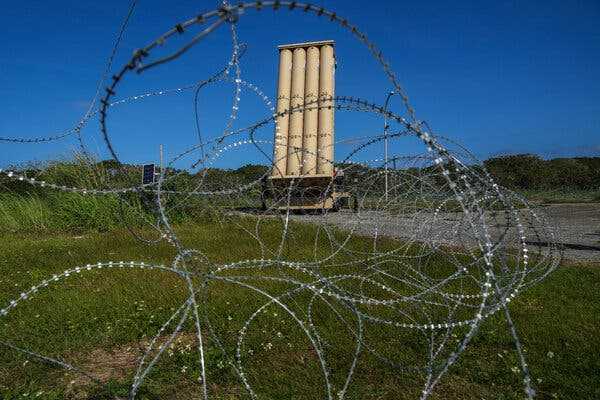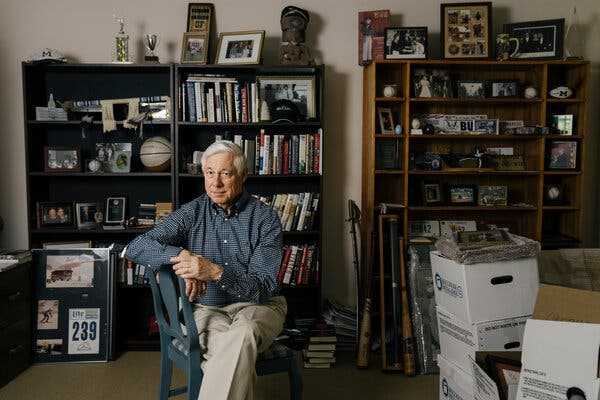Pentagon officials discuss whether the flow of assistance could be hurting the military’s ability to respond to a new conflict.
Listen to this article · 6:51 min Learn more
- Share full article

A THAAD antiballistic missile system in Guam last year. The United States has announced plans to send a similar system to Israel.
Nearly every week for months, the Biden administration has announced that it is sending another shipment of arms to Ukraine or the Middle East.
And nearly every week, Pentagon officials discuss whether the flow of weapons could be hurting the U.S. military’s ability to respond to a new conflict, particularly one in the Pacific.
That dynamic resurfaced in recent days after the Biden administration announced that it was sending an advanced missile defense system to Israel, along with 100 American troops to operate it.
The THAAD system, short for the Terminal High Altitude Area Defense, is an advanced mobile defensive apparatus that can knock short- and intermediate-range ballistic missiles out of the sky. Israel needed one because it may be planning to attack Iran in retaliation for an Iranian assault last month, which was itself retaliation for an Israeli attack. The Iranian barrage of nearly 200 ballistic missiles, which did little damage, prompted American officials to send more defenses to Israel.
But the United States is believed to have seven of these THAAD batteries, including the one delivered to Israel and another that was sent to the region earlier this year to protect American troops from possible attack by Iranian-backed militias. The Pentagon does not usually disclose where the batteries have been moved, for operational security reasons, but South Korea is believed to have one as well.
What is certain: The deployments have made a dent in the American supply.
“Everybody wants U.S. Army air defense forces,” Gen. Randy George, the Army chief of staff, said at the Association of the U.S. Army’s annual conference this week. “This is our most deployed formation.”
We are having trouble retrieving the article content.
Please enable JavaScript in your browser settings.
Thank you for your patience while we verify access. If you are in Reader mode please exit and log into your Times account, or subscribe for all of The Times.
Thank you for your patience while we verify access.
Already a subscriber? Log in.
Want all of The Times? Subscribe.
SKIP ADVERTISEMENT
Source: nytimes.com



